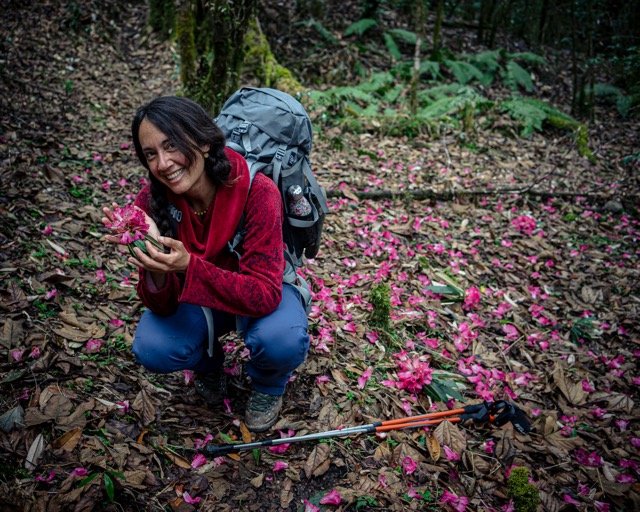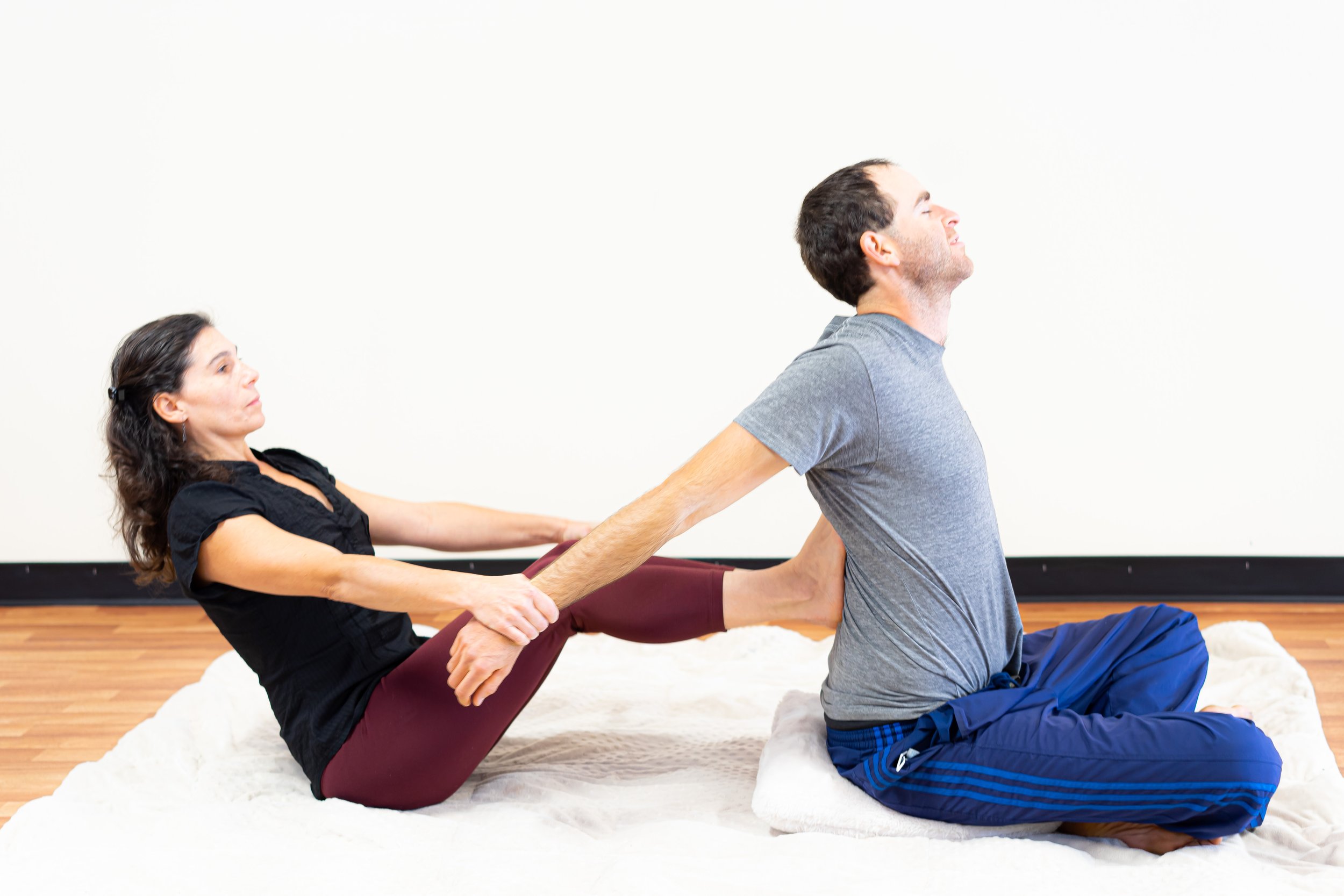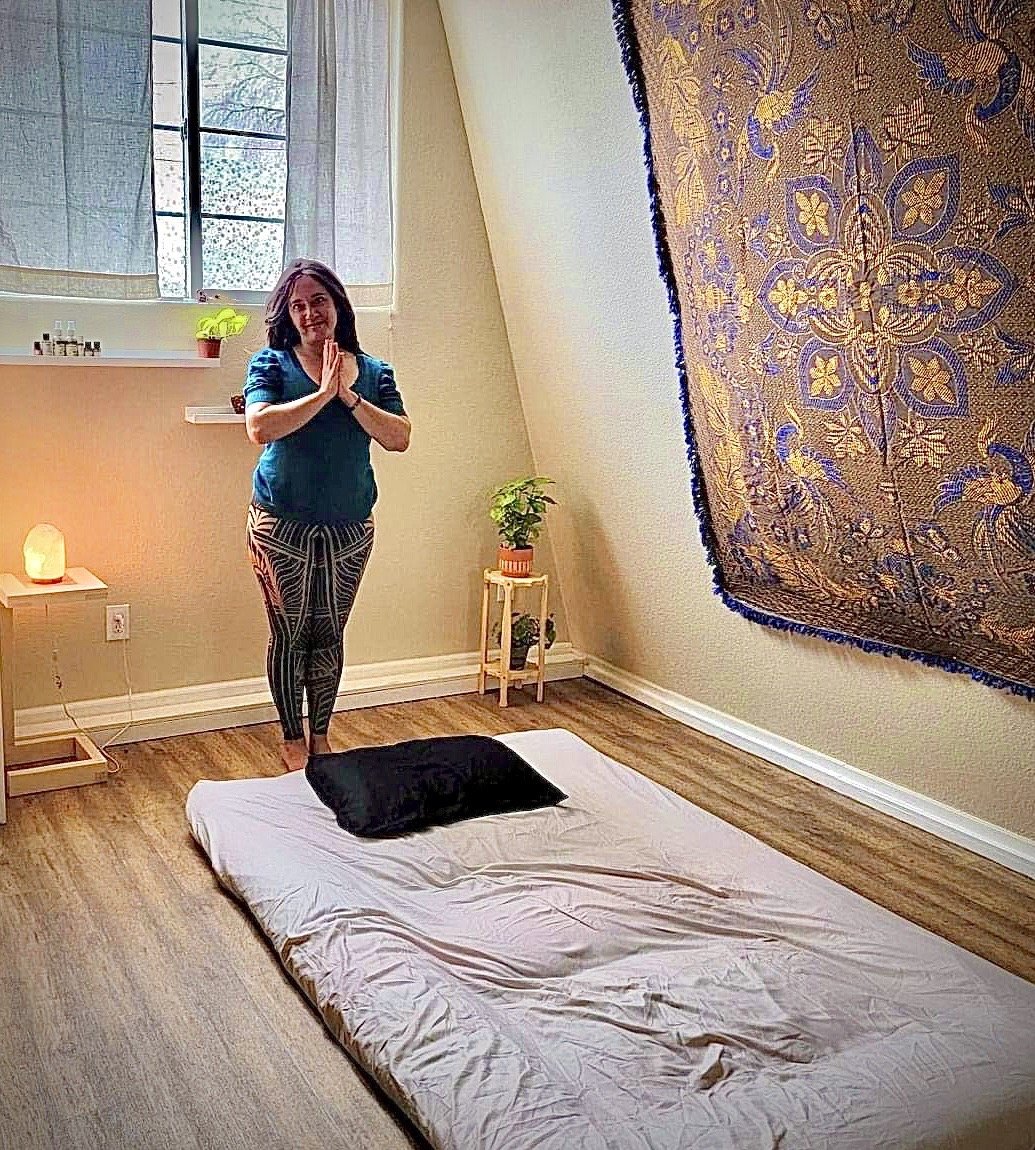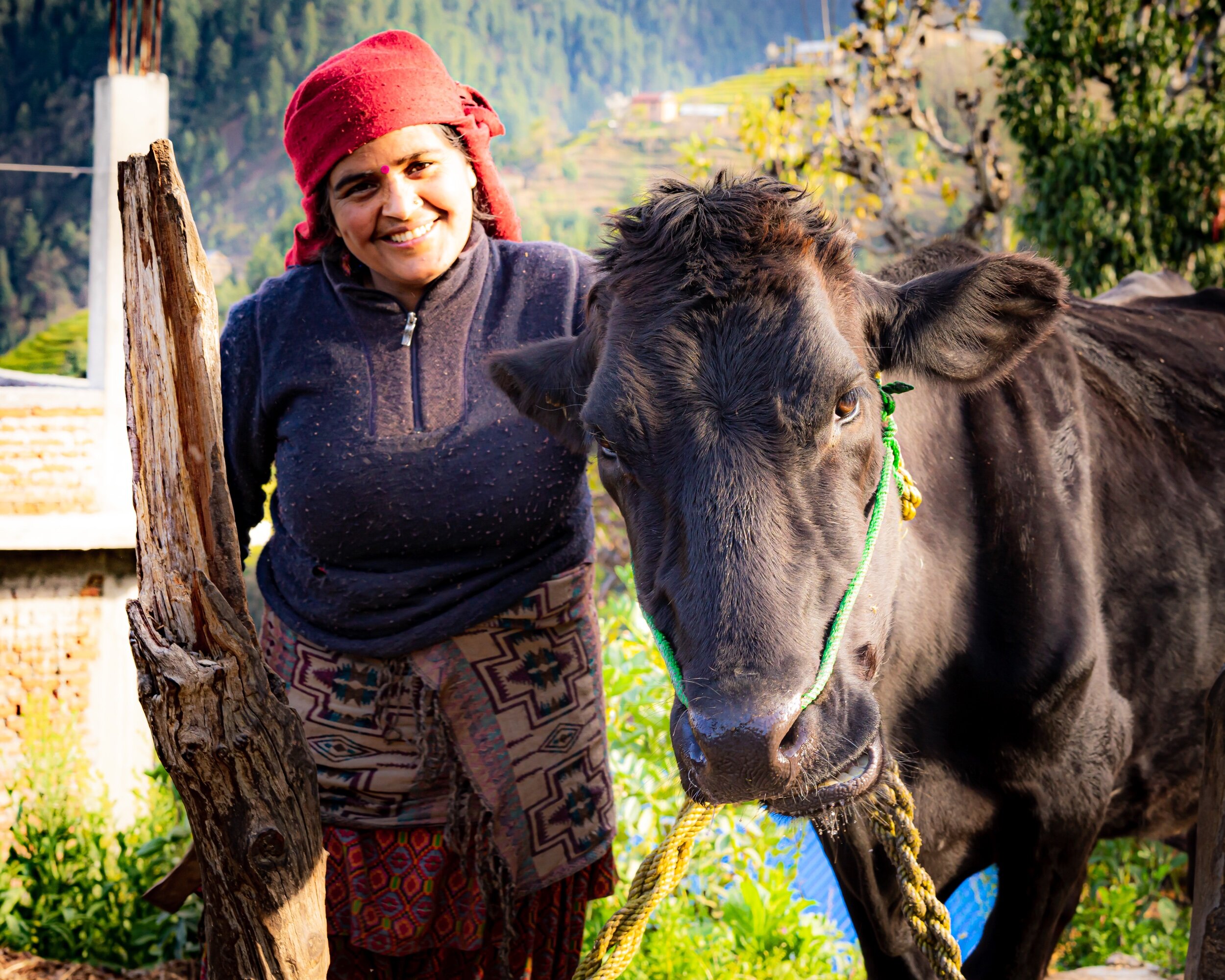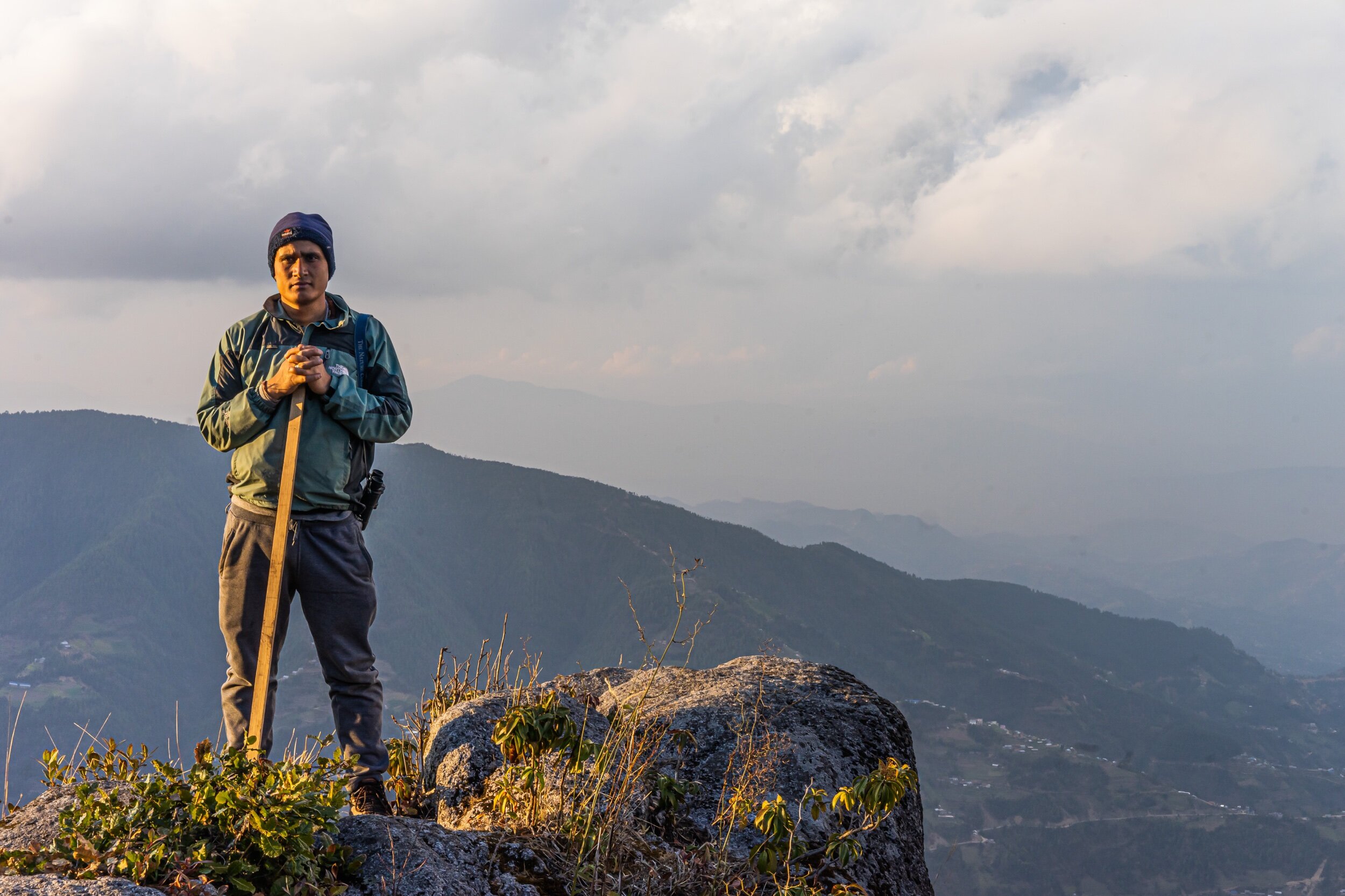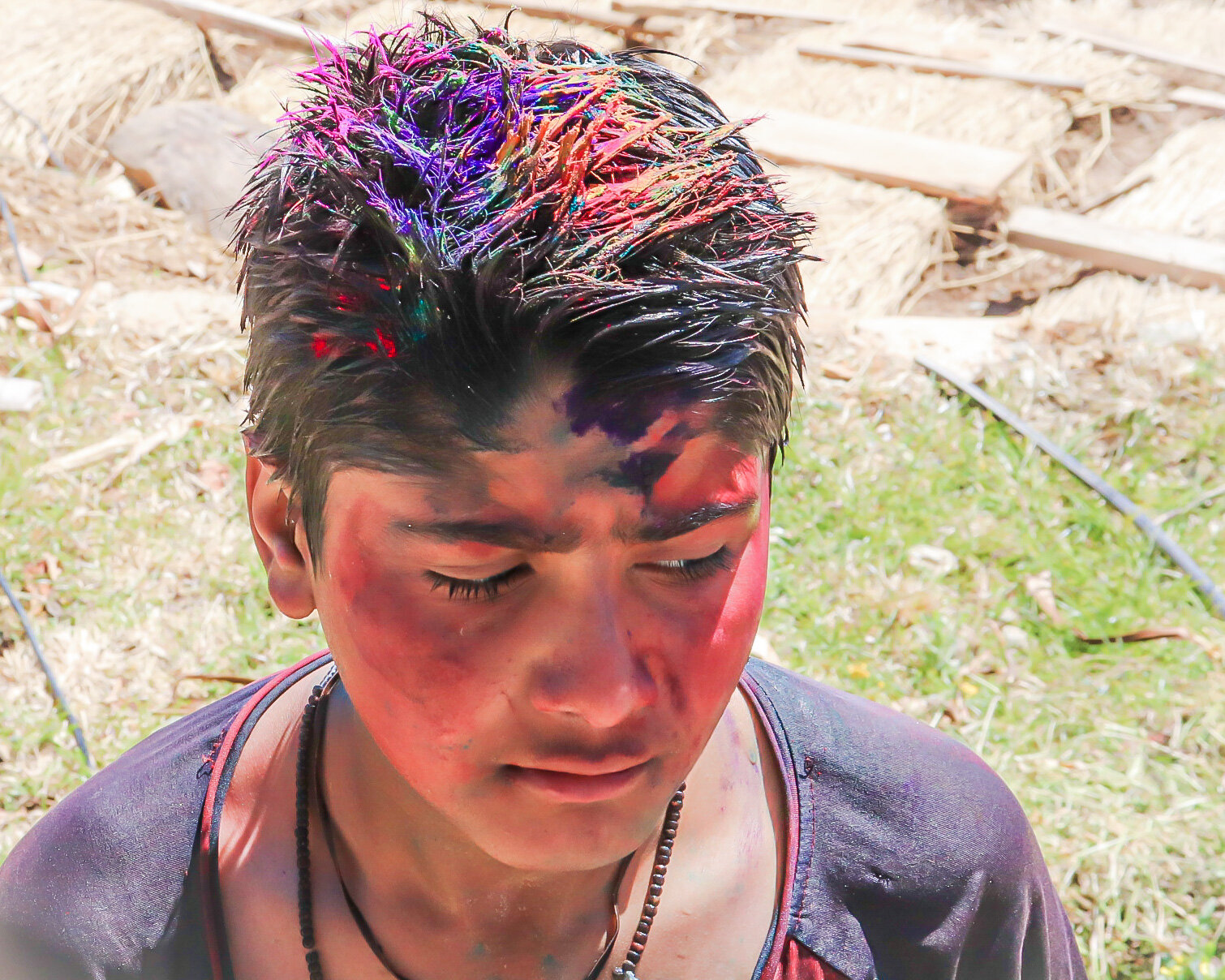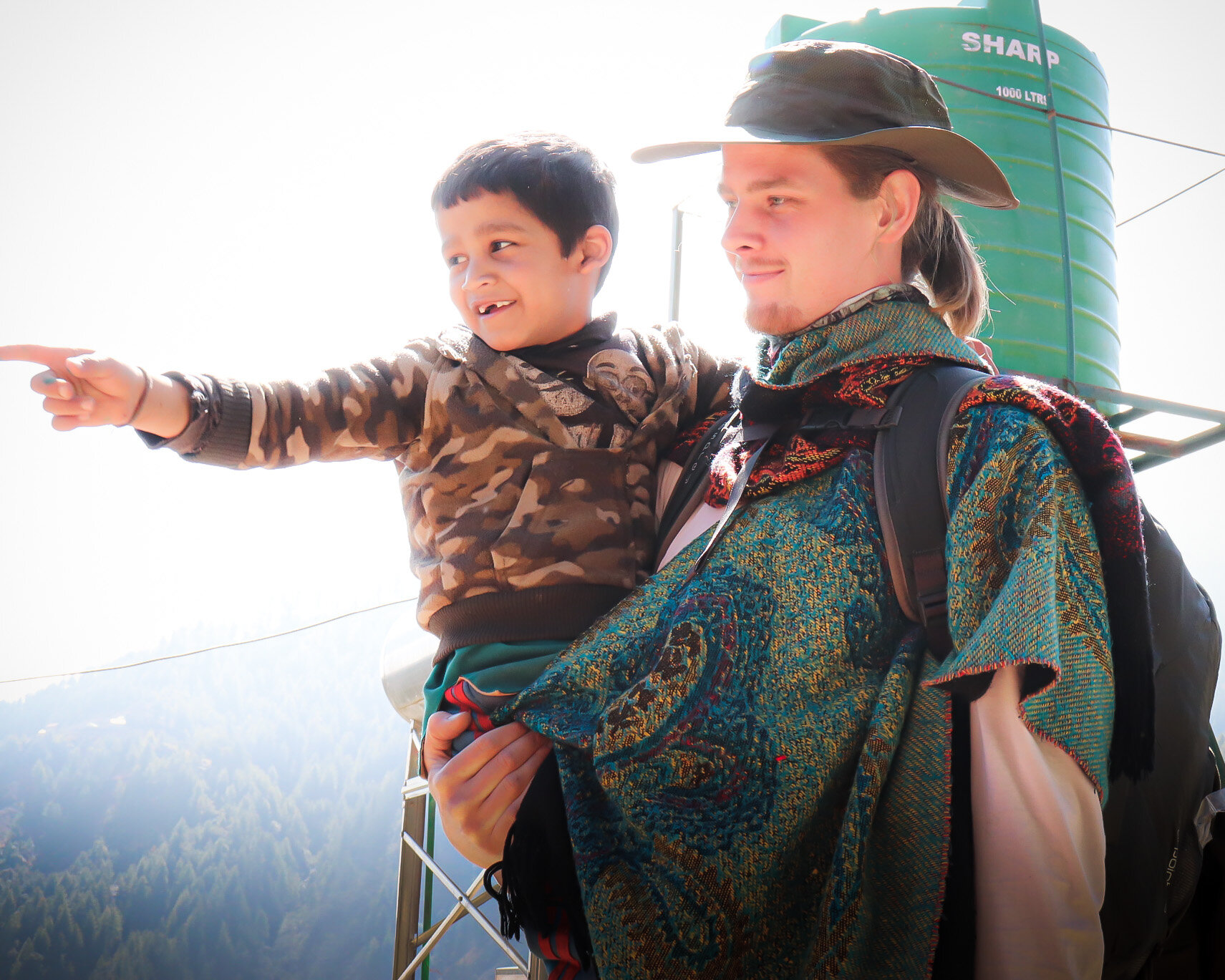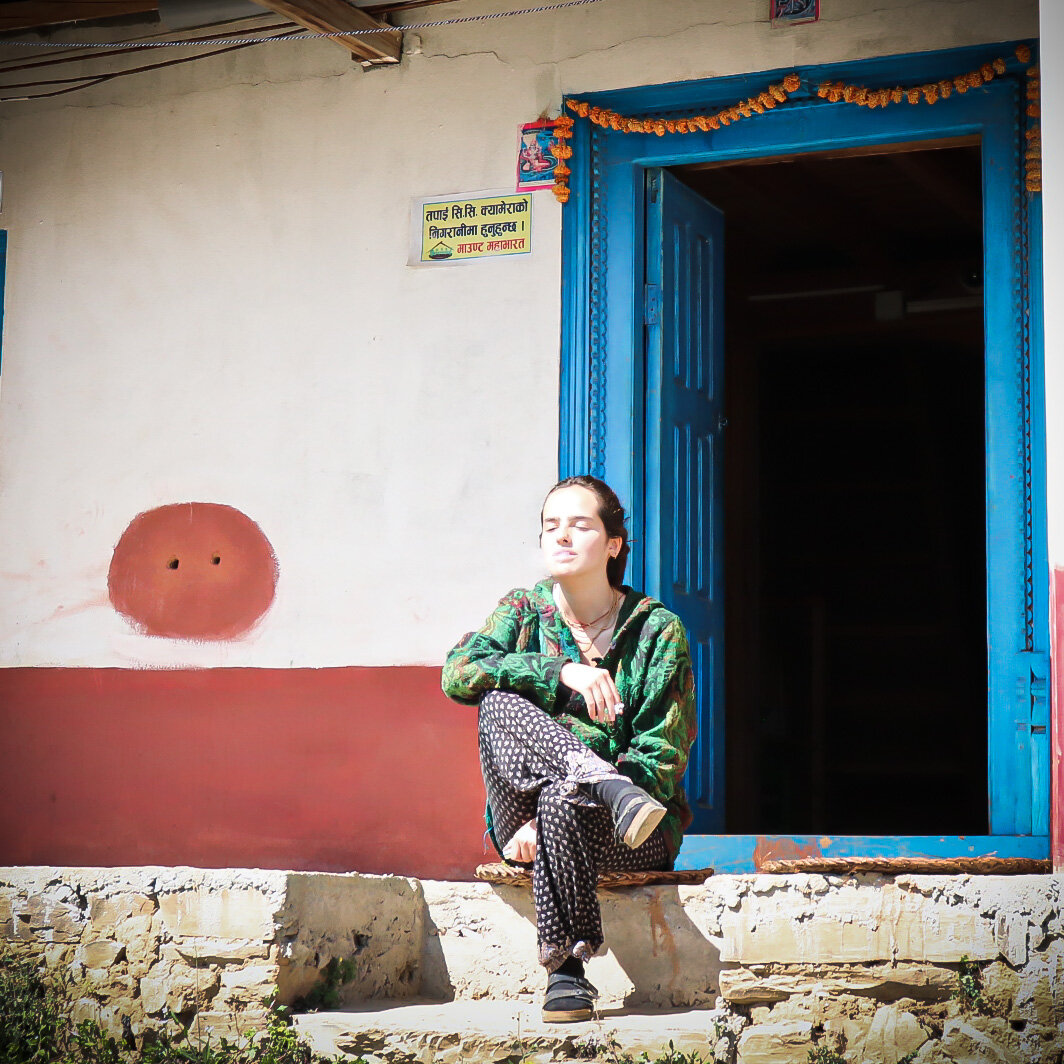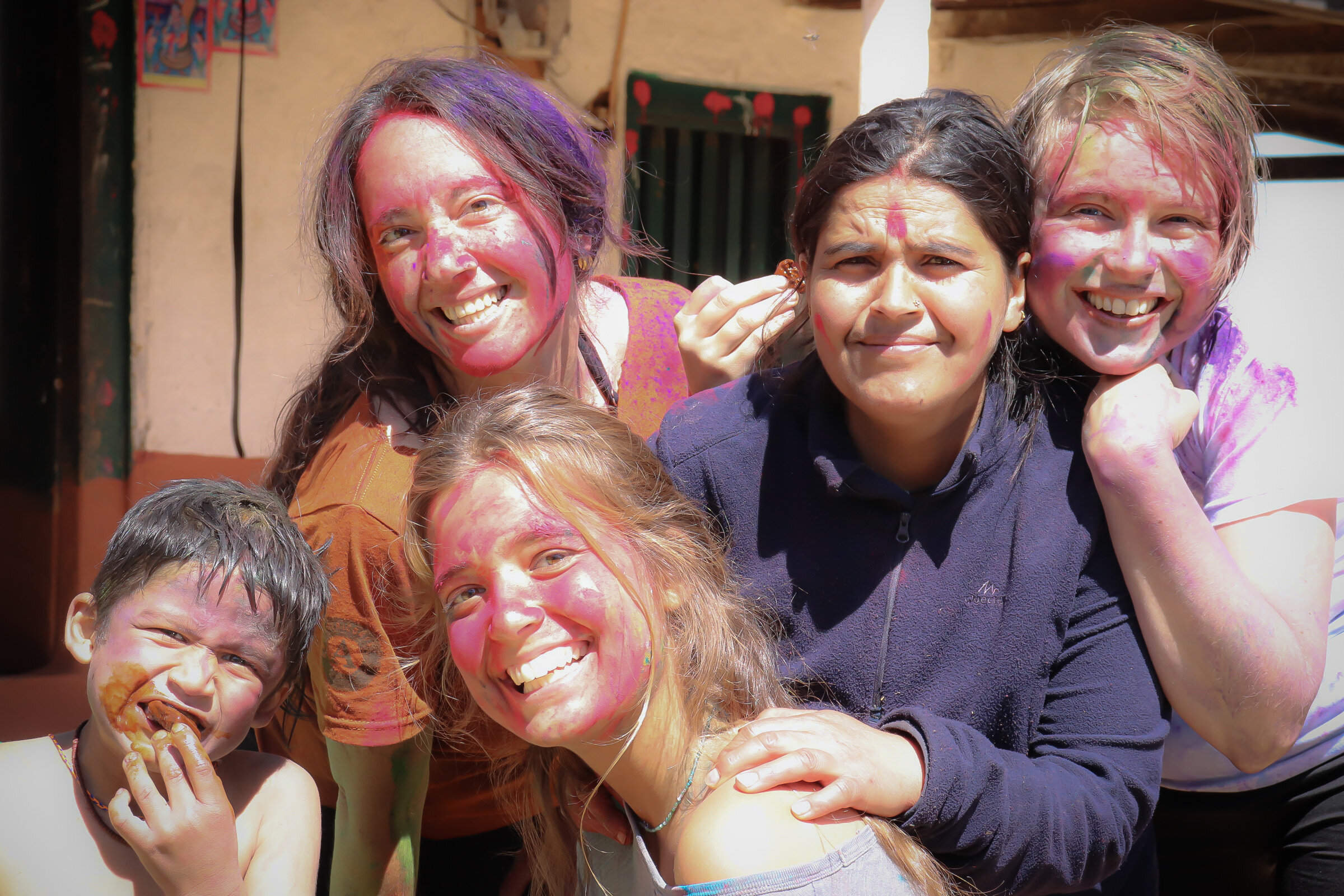Have you been able to take a pause yet this winter?
Modern Western society isn’t known for listening to the pull of the seasons. Our jobs, lifestyles, and responsibilities often don’t offer enough down time to rest, especially in the wintertime when every single thing mother nature is throwing at us is an invitation to hibernate and find some quiet.
When we do attempt to rest there are a million distractions pulling our attention this way and that. Sometimes, we can even feel guilty for resting, even when it is what we need most. Some people only rest when their bodies force them to do so by succumbing to whatever virus is passing through or, in extreme cases, more systemic and long-term complications.
Savasana is one way we can intentionally invite this sweet pause into our life regularly.
What is Savasana?
Savasana, known as corpse pose, is often the final resting asana, or posture, in a yoga class. Lying supine, with legs slightly apart, palms facing upwards, and closed eyes, this posture invites an integration of all of the elements we’ve explored in our practice.
Savasana is also our posture for yoga nidra (yogic sleep), and when we receive a sound bath. It invites us to receive, to rest, to become quiet, to integrate, to slow down. It allows the parasympathetic nervous system to take over and work on repair and restoration.
The Challenge of Savasana
Our culture rewards doing, rewards hustle, rewards pushing. We reward competition, and winning, and financial gain. Rest can be viewed as weakness, relaxation can be perceived as worthless.
To lie down on one’s back for 5-10 minutes can sometimes be the hardest thing for a person to do!
The monkey mind keeps running, the feeling like this brief pause is a waste of time. I often see students - especially (but not solely) those new to a yoga practice - checking their watches, fidgeting, or looking around in savasana. Why is it so hard to let go?
Whereas we were so engrossed in our activity throughout our entire practice, once we lay down to rest, the inner voice may be challenged to quiet down. But this is where the real quieting of the mind begins.
Why Does Savasana work?
Ideally, the physicality of the yoga asana practice has been all-engrossing and sufficient enough to collect and calm the nervous system, so that when we enter our Corpse Pose, we can allow ourselves to drift off into space and really let go.
The breath returns to normal, the heart rate drops.
After about 6 minutes, studies show that there is a distinct shift and drop in mental chatter and letting go within the body. An ideal savasana is 10 minutes long. As the parasympathetic nervous system begins to activate, the involuntary systems in our body begin to function with more ease, repairing and restoring that which we can’t see, but which supports our entire integrated body at all levels.
What are the benefits of Savasana?
There are many beneficial effects of savasana, which are physical, mental, and subtle.
Reduces stress. Allowing ourselves space to just be in the moment is almost a radical suggestion in today’s world. These ten minutes, in which we get to experience an absence of what we “should be” doing, allow our stress levels to decrease. Practiced over time, we are able to manage stress better.
Promotes parasympathetic nervous system activation. The parasympathetic nervous system promotes rest and digest - in contrast to or sympathetic nervous system, which controls our fight/flight/freeze response. There are many factors - often out of our control - that activate the sympathetic nervous system. When we are in that state, our internal systems our out of whack because we internally sense some sort of danger or attack and our subconscious body is preparing to save us from danger, at the expense of i.e. our digestion, sleep, blood pressure, circulation, and more. The more we can operate in a parasympathetic state, the better our sleep patterns will be, the smoother our digestion will be, and we are generally happier, healthier, and less stressed.
Access to subtle body. When the body relaxes, and the mind releases, we are able to let go and settle into a deeper place, and listen into our subtle body. We may be able to notice into energetic movements and shifts inside, as we let go of what we are physically and mentally holding onto. As one continues their practice of yoga and meditation, this exploration of our subtle body can become quite expansive and profound.
Promotes mental clarity and creative thinking. As mental fragments drift about and through the mind, sometimes our neural synapses fire in a way that help to create new ideas, enhance our creative thinking, and problem solve. While the goal is to let the mind clear and settle, in this space we create, it is not uncommon to have crystal clear insights come through, as we are more tapped into our intuition.
Deep renewal. Any yoga practice combines a number of postures, breathwork, and inner work that affect the body not merely on the physical plane that we knowingly witness, but also on our nadis, or energetic channels, srotas, or biological channels, and our dhatus, or tissues, in ways that are subtle and even mysterious. One reason we feel so wonderful at the end of a yoga class is that all of these elements are working together to support and repair whatever aspect of our body may be weakened or out of balance.
A Savasana Offering for You
Recently, a private yoga client of mine made a joke saying she wished she could teleport me to her home to guide her savasana at the end of her home practice, as she felt it was hard to stay still. I recorded this for her, but thought it could be nice to share with you, in case you ever feel that way too.
Download this audio file, and use it whenever you need a 10-minute break from the world, whether it is at the end of your practice or any other time you are ready for a sweet and sacred pause.





